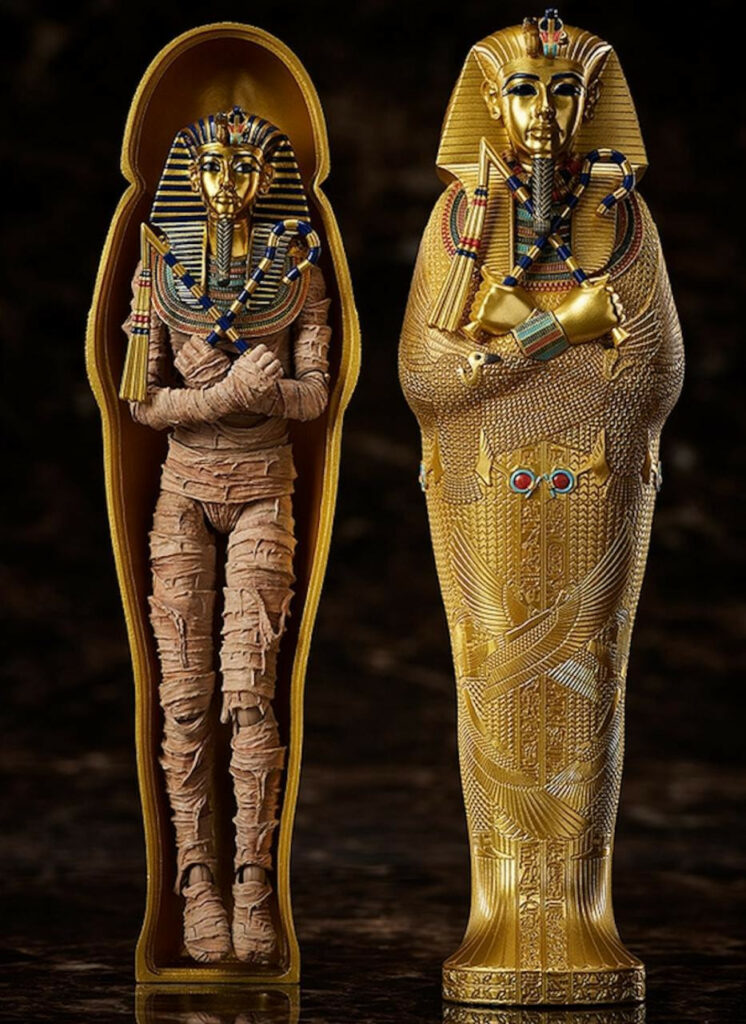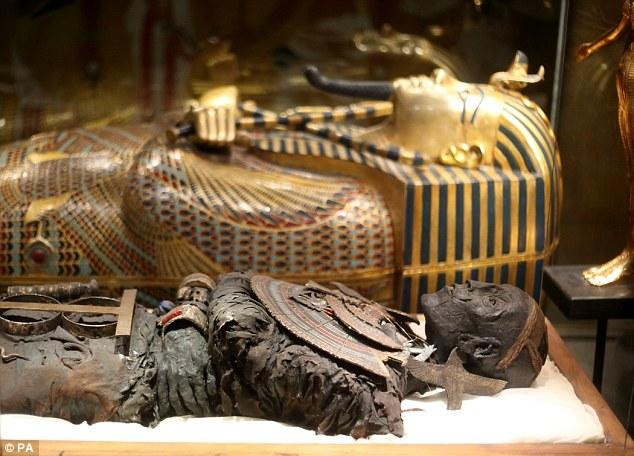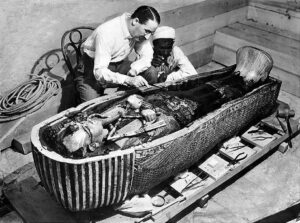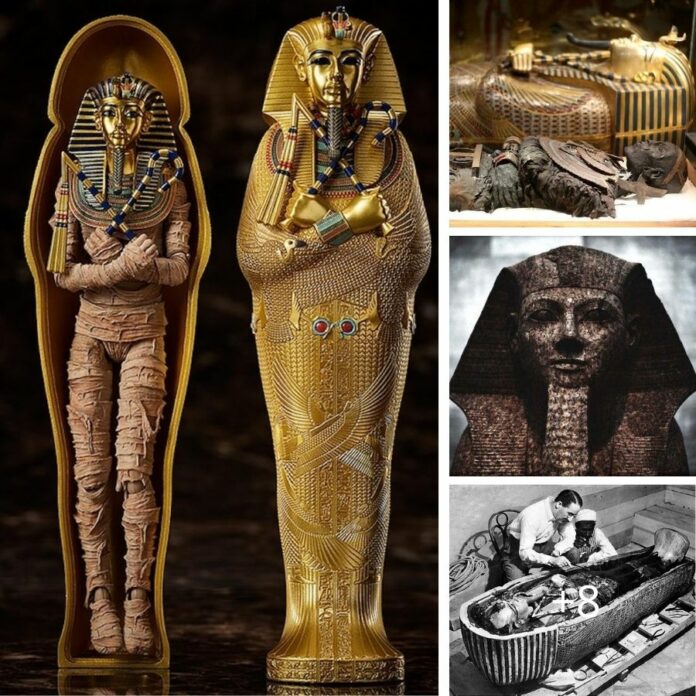In 1922, Howard Carter’s discovery of Tutankhamun’s tomb marked a pivotal moment in archaeology. After years of relentless searching, Carter unveiled a treasure trove of unparalleled wealth, long buried and whispering the tales of a forgotten pharaoh. However, alongside the gold and glory came eerie whispers of the Curse of the Pharaohs.
The Truth Unveiled
Adding fuel to the fire was the death of Lord Carnarvon, the tomb’s financial backer, just a few months post-discovery. The media, ever hungry for sensational stories, capitalized on this tragedy. Headlines screamed, “Death Stalks Tomb of Tut-Ankh-Amen” and “Curse of Pharaoh Kills Lord Carnarvon,” igniting a wave of paranoia. Any death remotely connected to the excavation was quickly attributed to the curse.

Nevertheless, a closer examination reveals a different narrative. Carnarvon suffered from a pre-existing condition making him highly prone to infections. The tomb, sealed for centuries, likely housed dangerous molds and bacteria. These dormant microscopic threats, unleashed by the explorers, could plausibly account for the subsequent illnesses and deaths.

Persistent Legends
Despite this, the legend of the curse endured. It provided a thrilling tale, a supernatural rationale for the unsettling events. The scientific explanations and coincidences seemed far less captivating.
A Genuine Mystery
Beneath the sensationalized curse lies an authentic mystery. Hieroglyphs near the tomb’s entrance warned of “death coming in swift strides to any who disturb the king’s sleep.” Were these merely deterrents for grave robbers, or hints at something more profound?

Reverence for the Afterlife
Perhaps the answer lies in the ancient Egyptians’ deep reverence for the afterlife. Their meticulous mummification and elaborate tomb constructions reflect their belief in a journey beyond this life. Disturbing such a sacred space could be perceived as a transgression, an act disrupting the pharaoh’s eternal peace.
The Power of Belief
The Curse of the Pharaohs may not be a literal curse but rather a chilling reminder of the power of belief and the respect ancient cultures had for their dead. The truth behind Tutankhamun’s tomb might not involve vengeful spirits but instead reveal secrets about the pharaoh’s life, his death, and the intricate web of beliefs surrounding him in the afterlife.

The tale of Tutankhamun’s tomb and its alleged curse captivates with its mix of historical discovery and supernatural intrigue. It highlights the enduring power of ancient myths and the deep respect past civilizations had for their dead. As we continue to explore the mysteries of ancient Egypt, we remember that often, the most captivating stories lie not in curses but in the rich tapestry of human belief and history.




